Last week, I decided to visit the Military Technology Museum in Koblenz, just 50 km from my home. Despite its warehouse-like exterior in a residential area, the four-story building was packed with exhibits showcasing weaponry and related technologies.
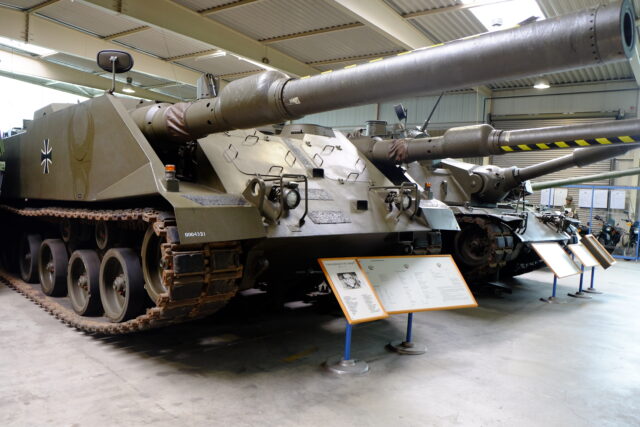
On the first floor, tanks, cannons, aircraft, and even submarines are densely packed without any gaps. The overall setting is dark, the exhibits are close, and aircraft wings are often overlapped, making photography challenging. There used to be some WWII tanks such as a Panther with night vision devices, but they almost disappeared. However, the array of vehicles on display consists mostly of prototypes, specially modified models, or vehicles with a “Let’s try building this” vibe, making the visit worthwhile. There are tanks like the VT1 with two protruding main guns, a Marder with the main gun from the Leopard 2, and prototype versions of the Leopard 2, among others. Since it’s a museum of technology, many vehicles and guns are boldly cut open to reveal their internal workings.
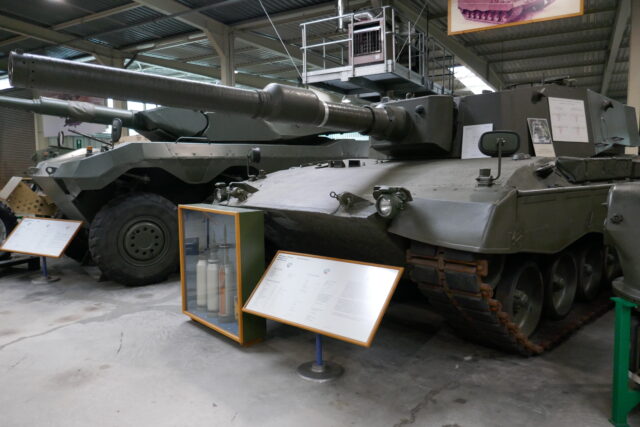
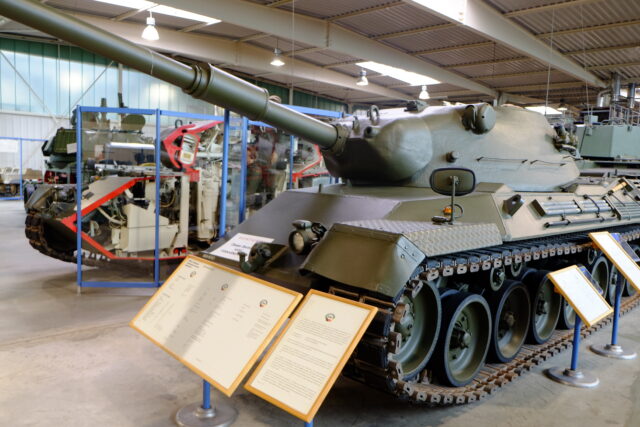
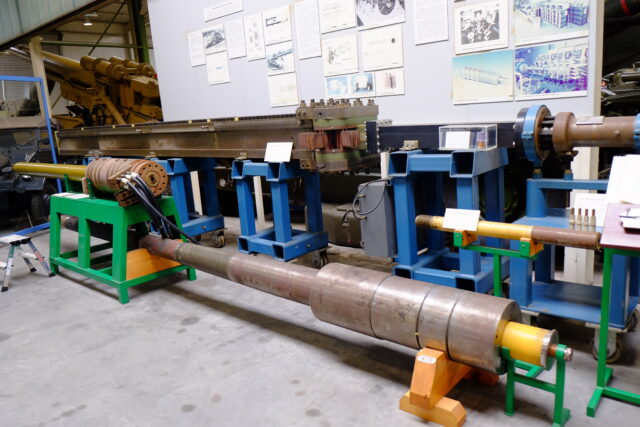
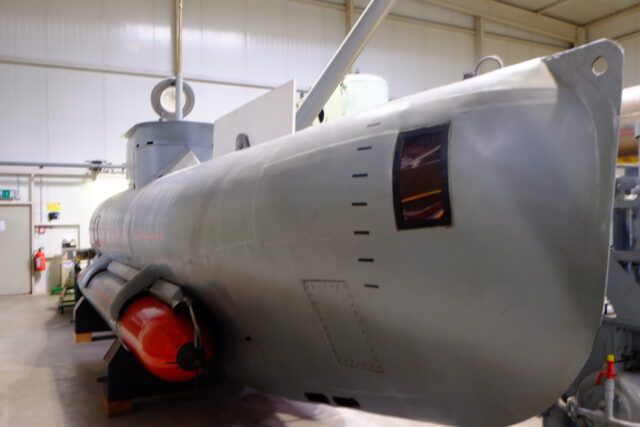
Thanks to the East German era, there are Mil-24 Hinds and MiG-21s here, which is a delight to see for the first time. F104 might seem commonplace, but there’s the CCV research aircraft, an extremely rare sight with only two in the world. Behind that is the VAK 191B, a VTOL research aircraft of which only three were made. The array of engines includes familiar ones like J79 and Jumo 004B, but also rare ones like the RD33 from the MiG-29 – quite satisfying.
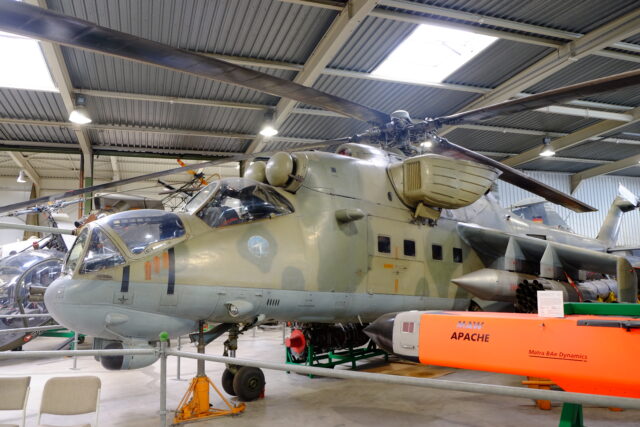
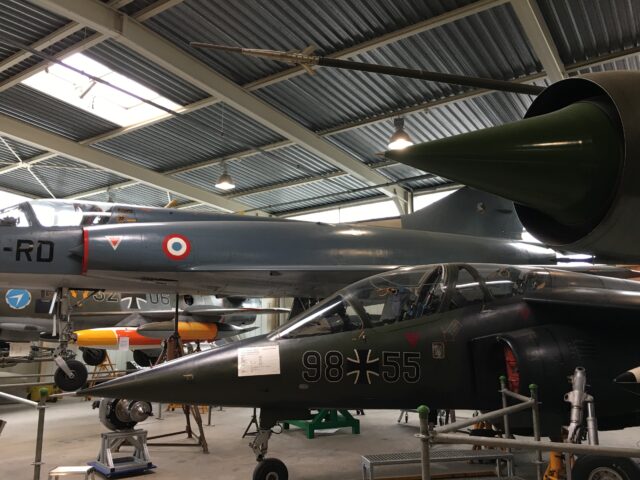
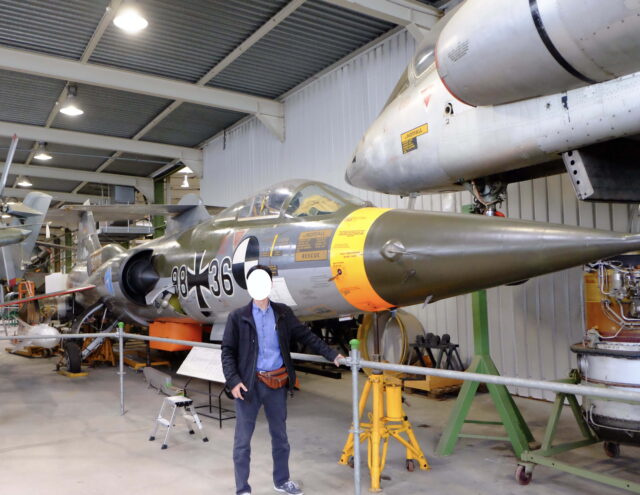
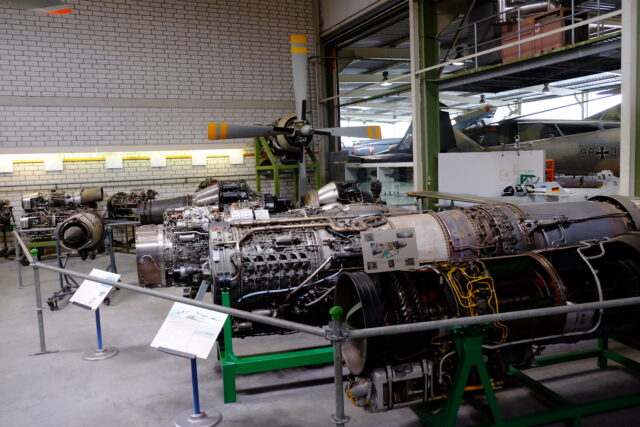
Cannons are stacked again, and in the foreground, the beloved 88mm gun looks like a toy compared to the towering 17cm, 21cm, and 24cm giant barrels that almost touch the ceiling.
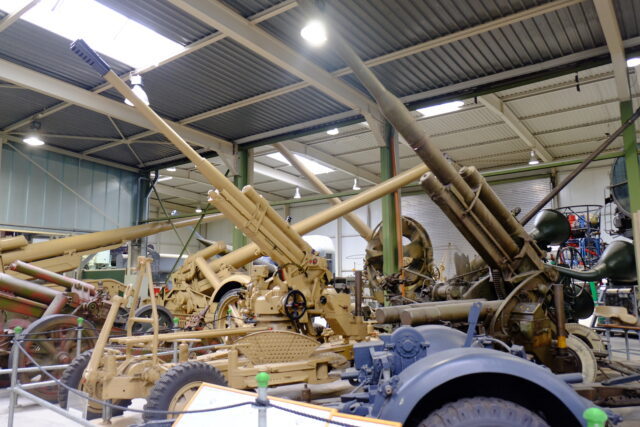
On the 2nd and 4th floors, there is an extensive collection of weapons covering anti-tank guns, anti-aircraft machine guns, howitzers, grenade launchers, rifles, machine guns, pistols, and every genre imaginable. Beautifully finished wooden grips and gunstocks of old guns are captivating. Unfortunately, all the exhibits are behind glass, and the lighting is not particularly well thought out, causing severe reflections, making photography extremely challenging. Sniper rifles and anti-tank rifles are my personal favorites.
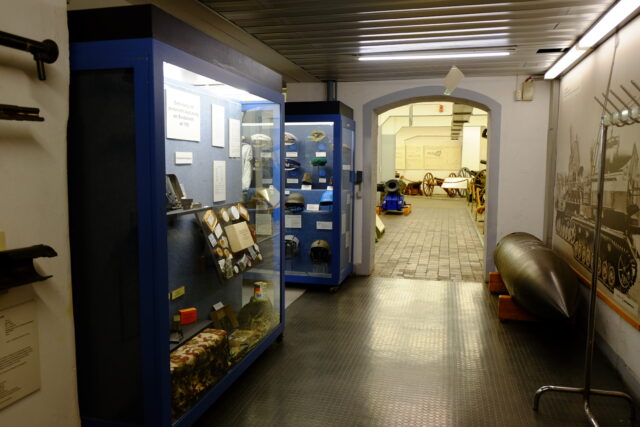
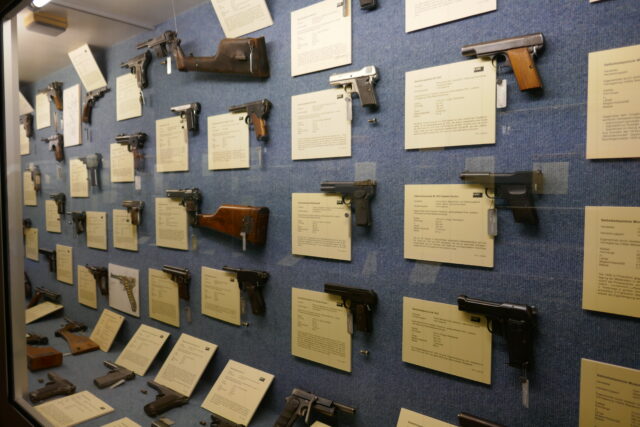
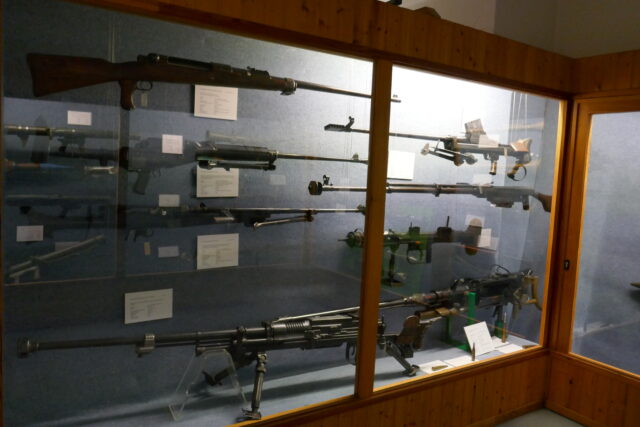
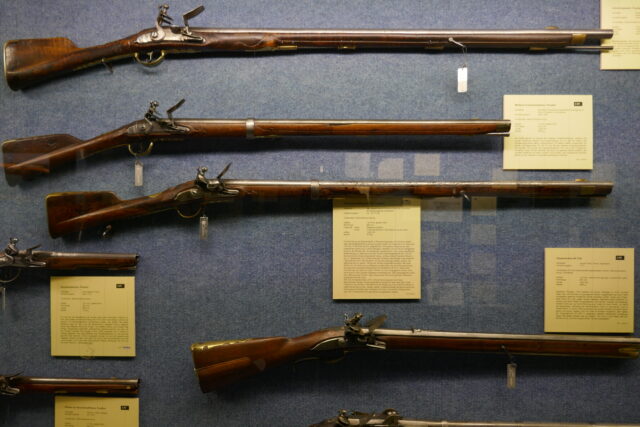
On the 2nd to 4th floors, there’s a technical exhibition showcasing a wide range of electrical, electronic, and optical devices, including radars, night vision equipment, rangefinders, communication devices, map-making tools, inertial navigation systems, and more. The famous German military encryption device Enigma is also on display. The information about it mentions improvements made throughout the war but doesn’t explicitly state, “decoded by Alan Turing.”
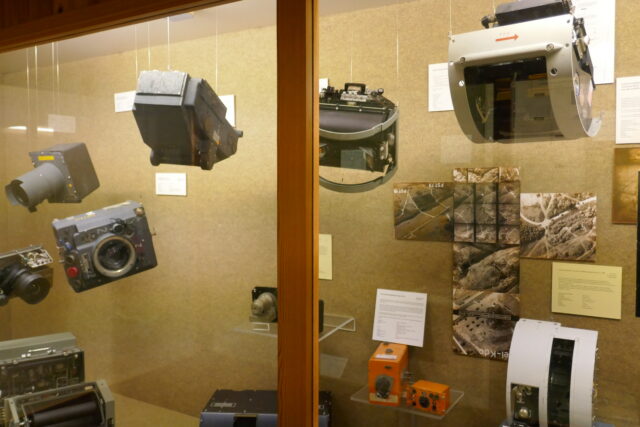
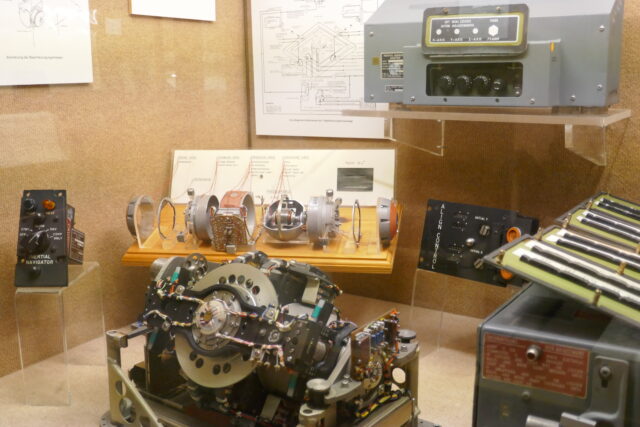
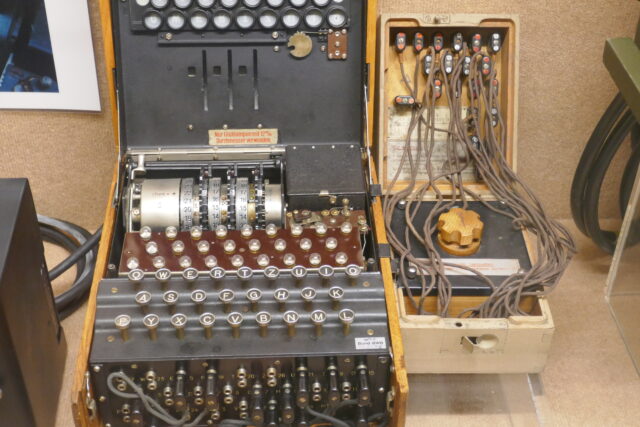
I was there from the morning until the museum closed at 4:30 pm, and during that time, there were probably only a few dozen visitors. It was great to explore freely from any angle. As usual, I brought my step ladder for photography, and the staff graciously allowed me to use it. The guy at the reception even commented, “You can bring it, but that seems low,” so next time, I’ll bring one that’s about 1 meter tall :-). The entrance fee was only 3 EUR, which is unbelievably cheap. Since it’s a military facility, they required a passport for entry.
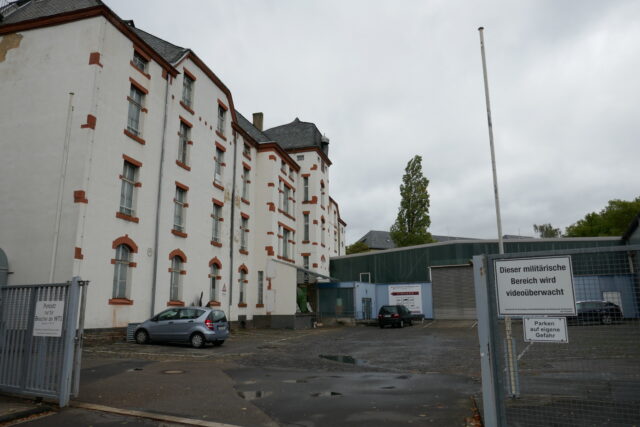
This museum doesn’t have a gift shop. Since there are no restaurants nearby in the residential area, my wife made onigiri (rice balls), and I managed with those inside the museum (even though eating and drinking might be prohibited). When I inquired, the staff said there’s no gift shop, but there’s a bookshop located behind the building, and it’s open even on Sundays. When I went, it looked like a somewhat makeshift building, and inside, it was dimly lit and a bit eerie. But to my surprise, there were rooms filled with a mountain of military-related books. There were some English books, and I found several in Japanese too. When I asked for assistance in finding a book about experimental German aircraft from World War II, an older lady guided me to an interesting one. It was slightly wet due to a leak, so I got it at half price. Some shelves had models displayed, and it was incredibly niche. I’ve never seen so many Verlinden small boxes in one place. There were plenty of vacuum-formed, resin, and photo-etched kits, as well as modification parts. Although the shop was supposed to close at 5 pm, the staff and maybe regular customers were fixing leaks and chatting, and there was no sign of being kicked out. So, I stayed until 5:30 pm. http://www.buchhandlung-collectiana.de/index_en.php
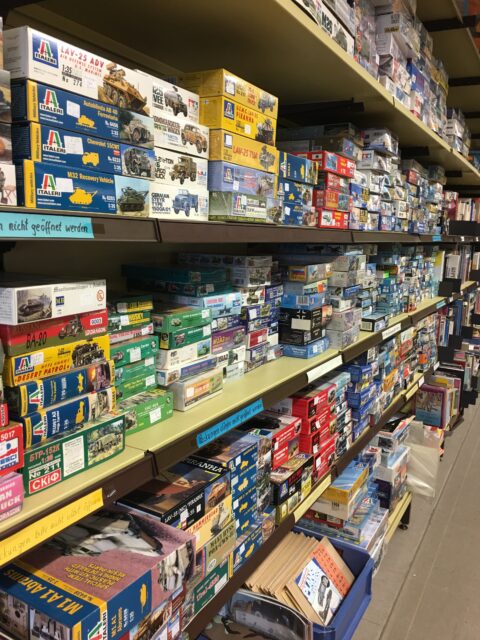
I took soooo many photos. Enjoy visiting below link.
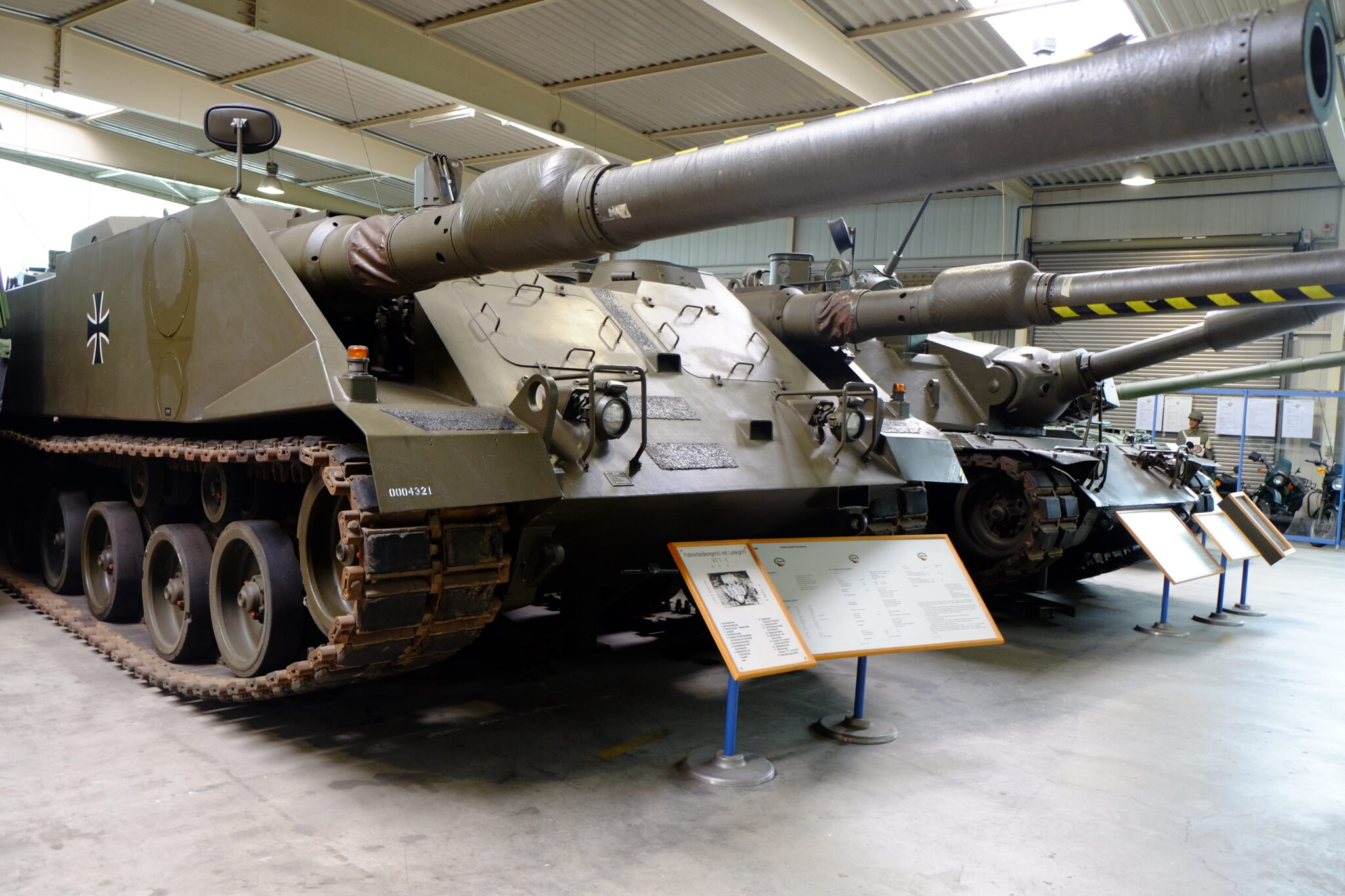
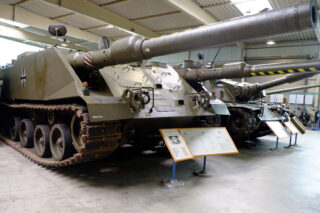
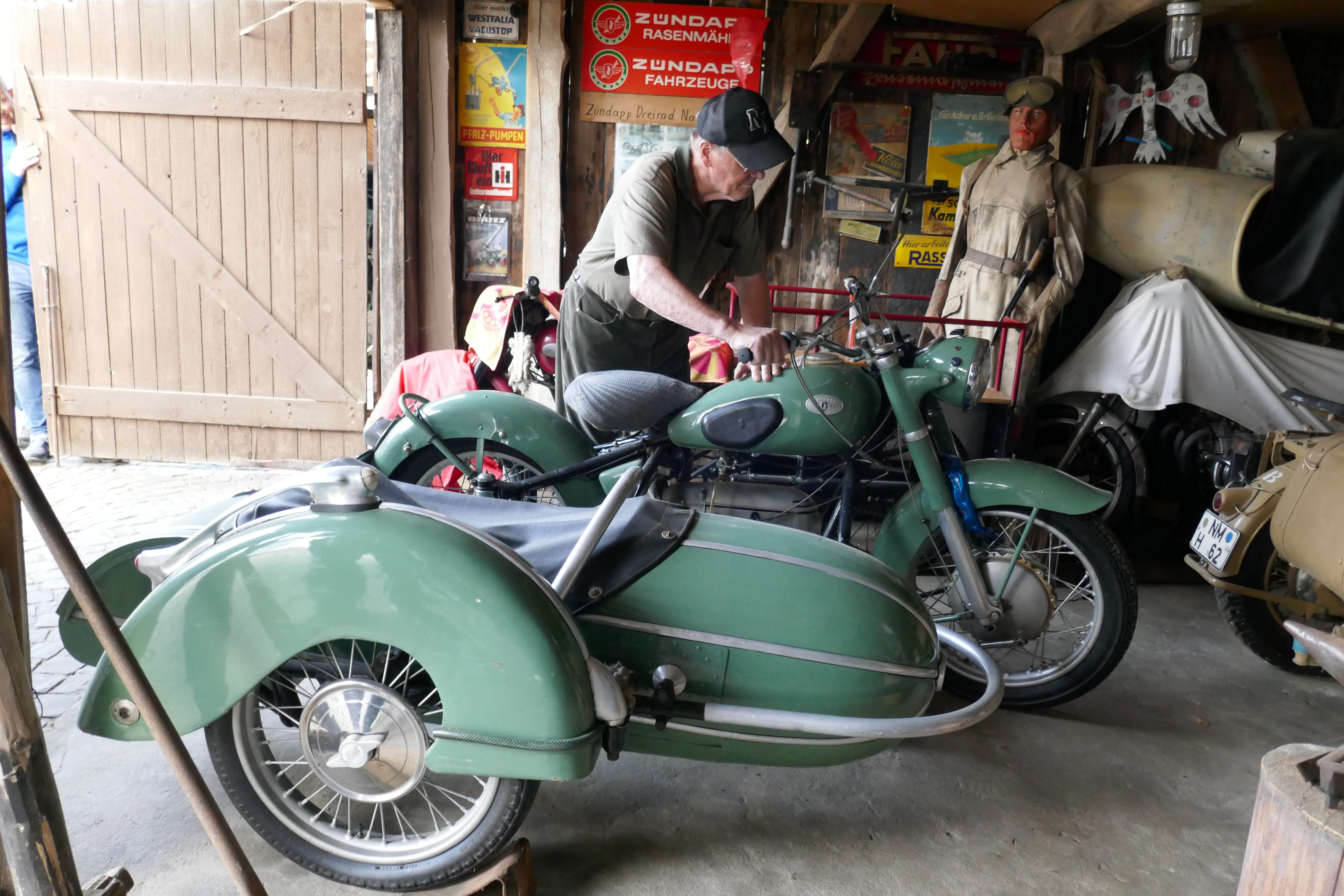
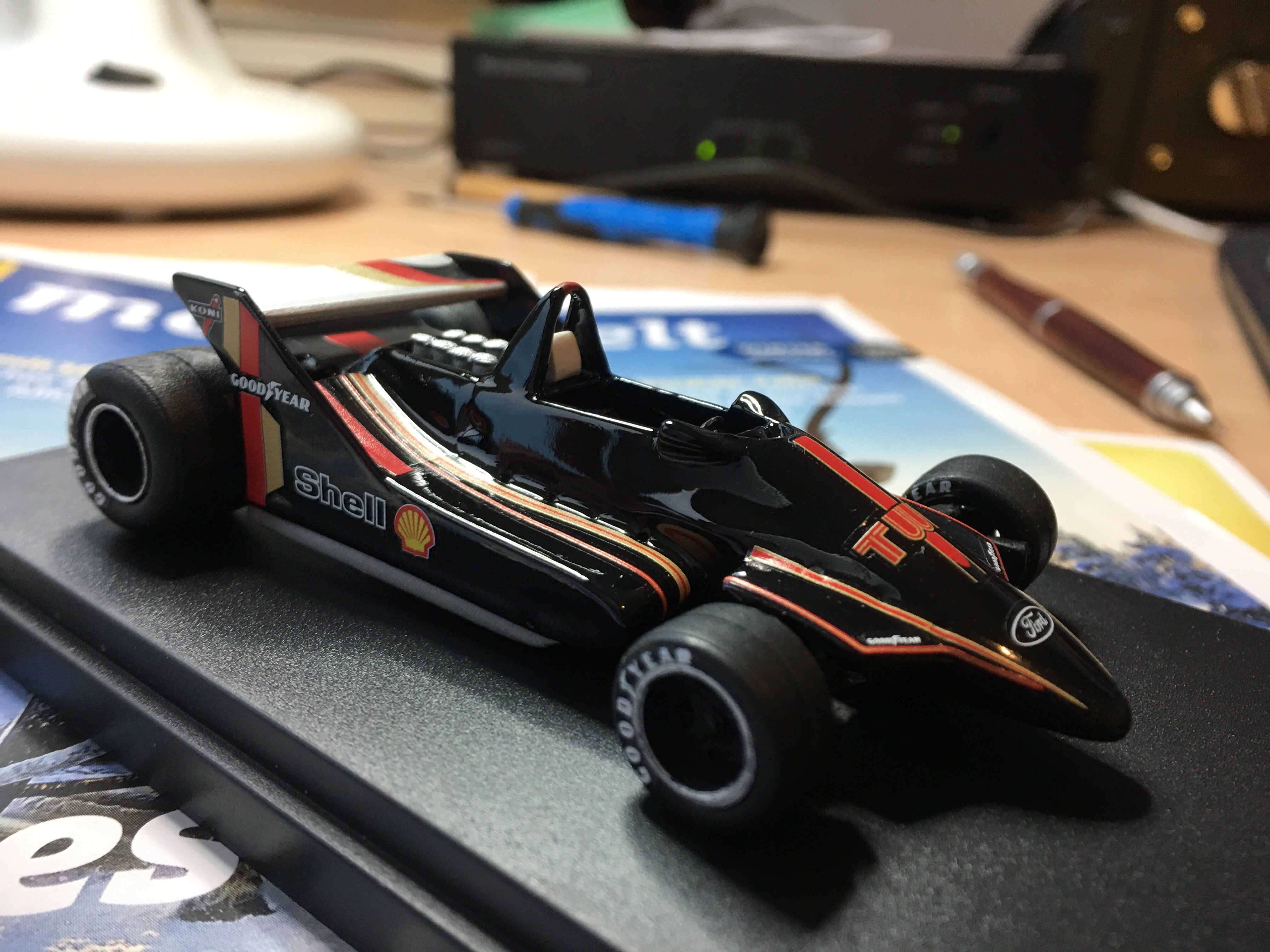
Comment